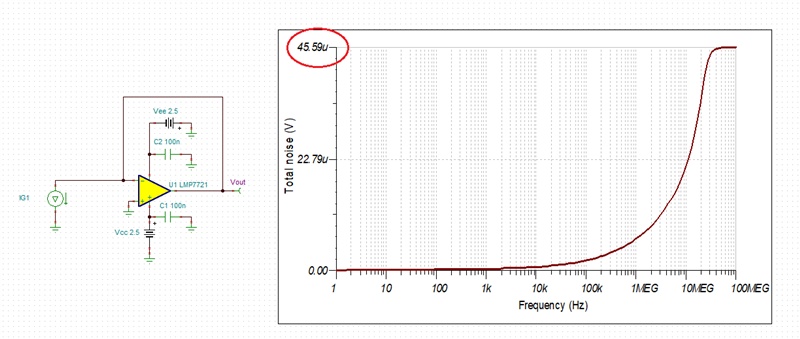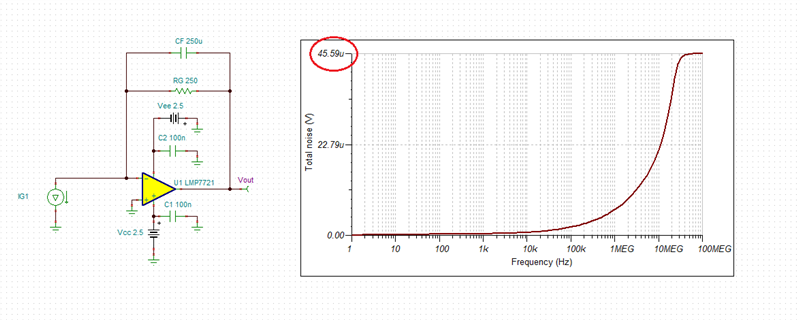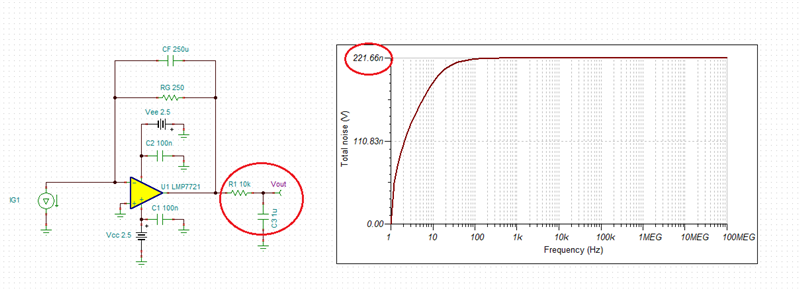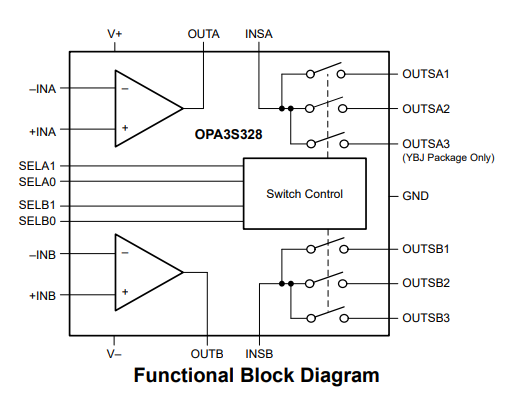Other Parts Discussed in Thread: OPA328, OPA3S328
Hi texas,
I am looking for implementation of high precision transimpedance amplifier for wide range of current measurement. My device current varies from 0.1 nA to 5 mA, for same our requirement is to build a sophisticated system with minimum noise, ultra-low output offset, high linearity in current conversion. I assembled LMP7721 on PCB with following configurations:
- For 0.1 nA to 200 nA, (10 Mohm in parallel with 9.9pF precision capacitor)
- For 200 nA to 50 uA, (32 kohm in parallel with 9.9pF precision capacitor)
- For 50 uA to 5 mA, (250 ohm in parallel with 250uF precision capacitor)
- Noninverting terminal pulled to ground, Vsupply (+) = 2.5, Vsupply(-) = -2.5. Supply was given from low noise LDO.
- Guard rings (reference LMP7721 evaluation board)
I am getting huge oscillations in sub nA current with the said configuration however I am getting huge deviation (here we lost the linearity) in mA current regimes. TIA design is working very good in the 1 uA to 100 uA regime. I want to critically analyze the poor performance from design and fundamental perspective.
Would you please suggest for necessary modifications in the design.
Thanks and Regards,
Deepak







